Reckoning: Twilight: 2000‘s American Campaign, Part III
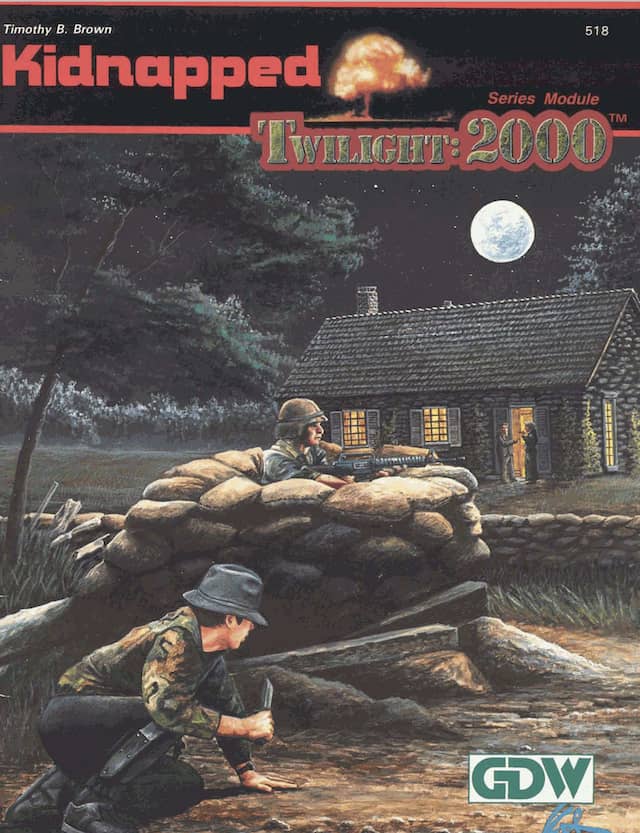
This is the third of three articles covering GDW’s published adventures in the “American Campaign” for Twilight: 2000’s first edition. The first, “From the Mountains to the Oceans,” can be read here, Part 2 is here.
The final three adventures of Twilight: 2000’s American campaign leap from Pennsylvania to Los Angeles to Baja Mexico. Twilight: 2000, GDW’s apocalyptic World War III RPG first released in the 1980s, always kept a firm eye on the individuals — usually US soldiers negotiating this challenging environment — while incorporating broader events. For the American campaign of adventures, the primary broader event has been the rising power of New America — a fascist tyranny run by the mysterious Charles Hughes — using its power and the competing US government’s two halves (MilGov and CivGov) to establish control over ever more area. New America has been a prominent opponent in the earlier adventures Airlords of the Ozarks, Urban Guerrilla, and Gateway to the Spanish Main.
In the adventure Kidnapped, their “story” in this campaign comes to an end… perhaps. (By the way, “campaign” is used here loosely — and adheres more to the general way people reference this series of adventures; they are too geographically distant and unlinked to be a campaign in the normal sense of RPGs). Kidnapped returns to Maryland and Pennsylvania and revisits a major actor from the earlier adventure, Allegheny Uprising: Roger Caldwell. Caldwell, one of the senior leaders of CivGov — the US civilian government that formed after the nukes hit Washington, D.C. — knows the situation is going from bad to worse in this part of the country, and he intends to move further west, where the situation is… better. However, western Pennsylvania now has New America in place. Specifically, New America’s mysterious leader, Charles Hughes.
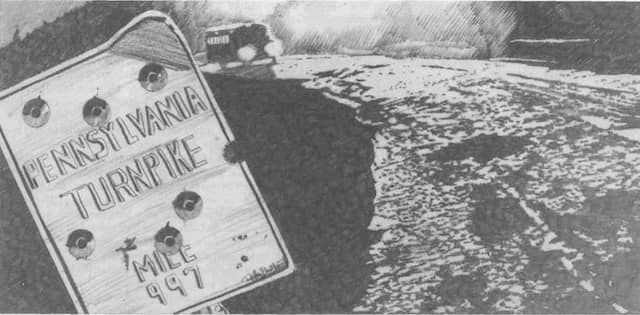
These two adventures — Allegheny Uprising and Kidnapped are the lone two adventures in the entire campaign that connect in a more traditional campaign sense. The trick for a game master (GM) is what has happened in the Allegheny Uprising adventure. Keeping true to Twilight: 2000’s sandbox approach of gaming, the players may have set themselves up in western Pennsylvania. A GM planning on using Kidnapped could arrange things so that New America’s growing power is an organic part of the games. Perhaps, New American forces had a direct impact on the players, which can prove to be a convenient hook into the overall story of Kidnapped.
Kidnapped boils down to a heist. Caldwell wants to break the power of New America, and he thinks capturing Charles Hughes will do that. Hughe’s hiding place has been a mystery, but intelligence by CivGov has managed to provide a lead — albeit thin. Caldwell has made this a priority mission to ensure the convoy he has planned and actively in the process of preparing makes it through western Pennsylvania safely. Plus, New America is anathema to Caldwell’s vision of America. Hughes is to be captured and brought back, and two NPCs join the players on their efforts.
The players are free to approach this however they see fit, but with limited information, a large part of their activities will likely be gathering intelligence. They will have to make their way across the state, with any number of encounters with marauder gangs that have set up bases or harass townspeople. Brick Patrol, Runner’s Crew, and other gangs and warlords provide plenty of fodder. Twilight: 2000’s origin in the 1980s (the same is set in 2000-2001) show through with the “heavy metal” appearance of the Brick Patrol: “heavy metal dropouts.” Allen Greeneberg, a young member of the gang, is described as “He wears the typical heavy metal kid get-up.” For those of us who grew up in the 80s listening to Metallica, Megadeath, Motley Crüe, Poison, AC/DC, and others, imagining the appearance of the Brick Patrol should be easy.
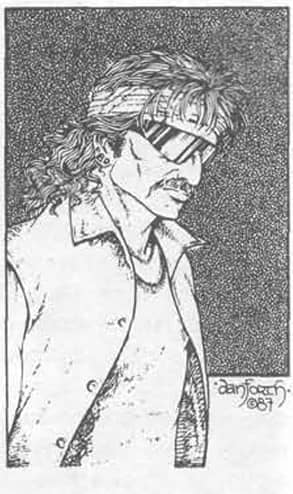
One of the more interesting characters in all of Twilight: 2000 is Percival Washington Grant. As a GM, I would make sure the players encountered this con man somewhere along the way. He has been making his way from North Carolina since the war started, conning any number of people along the way with a variety of schemes. He has enemies he wants to avoid, a future where being a conman may be less productive than before (hard to take stuff from folks that have nothing), and an inability to not attempt to con people. He makes for a very human, very engaging interaction. He could, even, be useful in obtaining information about Hughes. As Grant says, “I can talk the birds out of the trees.”
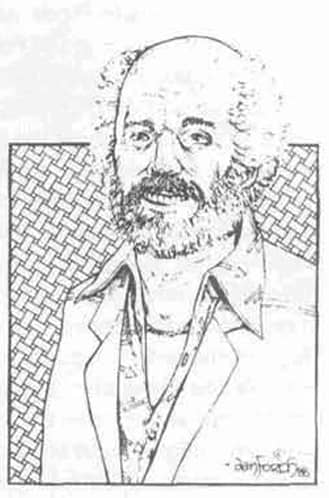
How the players learn about the exact location of Hughes hideout is up to them. The adventure provides plenty of space, rumors, and encounters for the players to act within and upon. Hughes has holed up in a compound simply called “Country Home.” As any good dictator knows, you need a place to hide, and Hughes has built one — along with luxuries beyond most of his followers or subjects (think Kim Jong-Il and his western movies, luxury automobiles, and fine liquor while thousands upon thousands of North Koreans starve and you get the idea). The players will have to be clever and lucky, but if they have gathered intelligence and take the time to scout and plan, they can be successful and pull off a quite awesome encounter. Outside some of the set piece battles in The Ruins of Warsaw, this kidnapping of Hughes is one of the more momentous “set pieces” in Twilight: 2000 adventures.
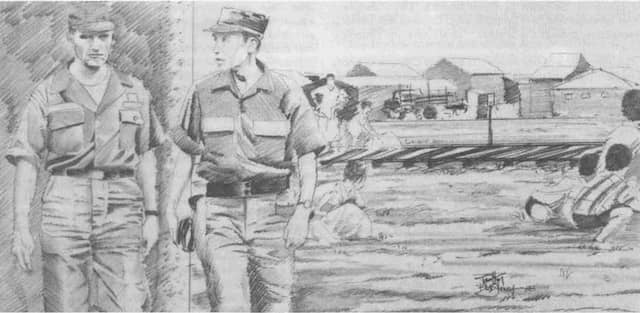
This adventure also provides a number of pages describing the results of crop failures and plummeting crop production across the US. Suffice it to say, the situation is dire. This prolonged description alone makes this an essential book for campaigns in the US.
City of Angels is set in Los Angeles and its environs. This adventure is an officially licensed one. Published by 3W, the adventure reads more like an enthusiastic fan adventure than the more professionally produced ones by GDW. The adventure revolves around a convoluted plot to deliver a St. Christopher medal to a fallen soldier’s mother. The whole thing is fatally flawed by railroading players into particular paths and lacks the more sandbox approach that is the hallmark of Twilight: 2000. This is unfortunate, for the results of the war and the nuclear strikes on the western US are notably absent from most of the GDW publications. Even here, the adventure fails to provide much in the way of source material for a GM.
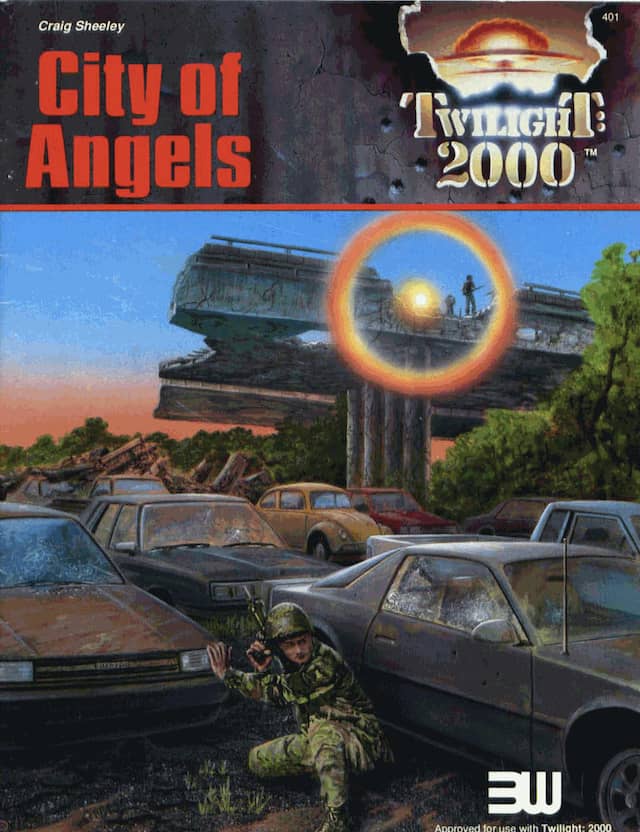
While other adventures provide extensive details on the war’s effects (often quite grim description of the nuclear strike, fallout, and so on), City of Angels’ reads with less detail. While there are encounter tables, this book contains far less than any of the others. A GM willing to build their own could make use of the information about the gangs and forces in the area (a substantial Mexican Army presence makes for good fodder) to develop their own sandbox. The implausible hook relies on players (the presumption being that they know the fallen soldier and are so loyal to him that they’re willing to risk everything to return a medal to his mother who may or may not be alive) giving into the RPG conceit rather obviously. Instead, a GM could make alternative hooks that more directly connect the players to an adventure more suited to them.
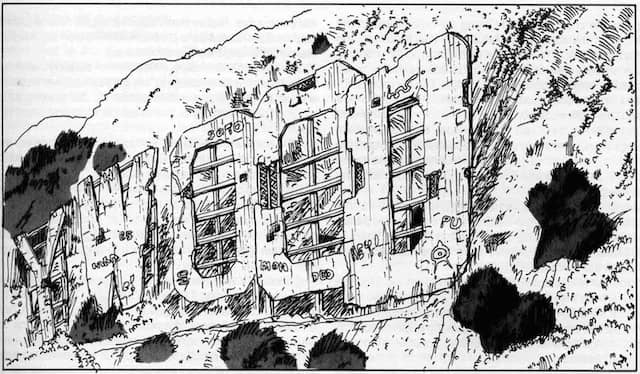
Satellite Down concludes the American campaign by leaving the US and heading to Baja California. Specifically, heading to an island in the Gulf of California. The US has learned of a crashed Soviet weather satellite. On it are a set of data tapes that contain troves of information about the weather — particularly the changes post the nuclear cataclysm. This is one of those juicy bits about Twilight: 2000 that continue to make it an interesting game. The world is so broken that obtaining weather information is a priority military mission.
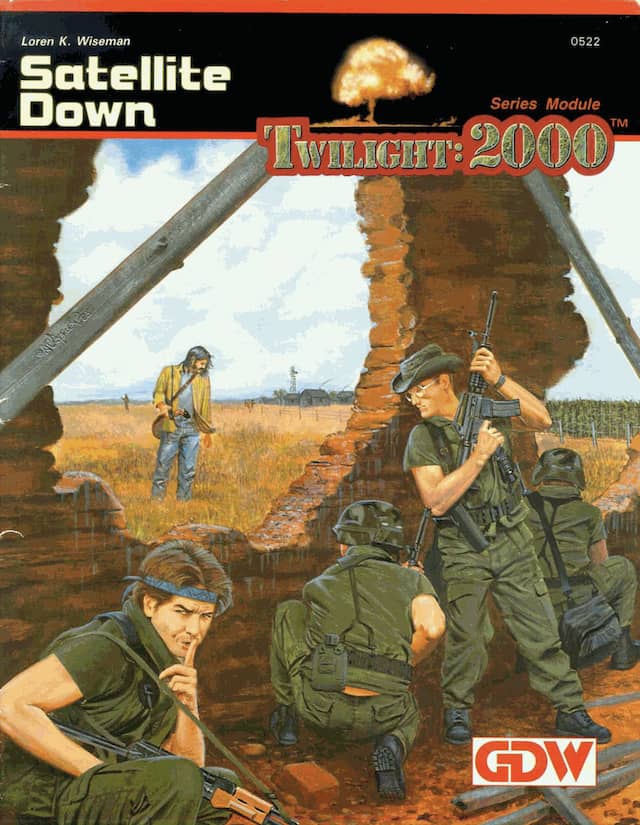
Of course, it’s an RPG, and obtaining the data tapes will not be an easy task. The satellite and tapes are held by, for a lack of a better term, religious cult leader. Hans Brupp is this cult leader and a former navy officer. Brupp serviced aboard the USS Virginia, a nuclear guided missile cruiser. After an intense — albeit small-scale — naval battle in the Gulf of California, Brupp found himself the senior commanding officer of a heavily damaged ship. The crew beached the cruiser on the island of San Jose. They managed to put out the fires and set up camp. With the still working guns of the cruiser and its nuclear power plant, the camp turned into a settlement. Eventually, Brupp became ever more erratic, developing cult-like religious ideas. He renamed the island Haven and took more aggressive measures to secure it and keep out unwanted refugees. He was supported in this by unscrupulous people — who possessed the weapons.
While Brupp possesses the satellite, he uses it as a bargaining chip among interested parties. The Soviets, the Mexican Army, and the crime family, La Familia (first encountered in the earlier adventure Red Star/Lone Star), are all interested in possessing the data tapes. Local disaffection with Haven — particularly the disappearance of individuals who publicly voiced opposition to Brupp and his community — internal factions within the Haven community, and a long-time US undercover agent, Ravenheart, provide numerous infiltration possibilities.
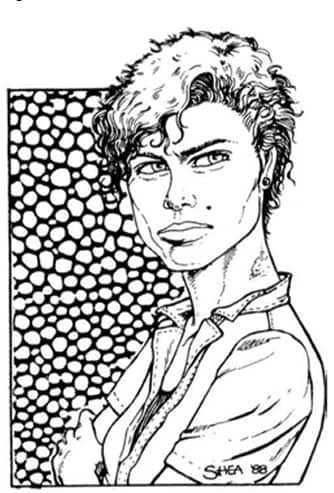
Ravenheart has specific orders to ensure the data tapes do not fall into non-US hands. Thus, she is prepared to destroy the satellite and tapes. Additionally, a rendezvous to get the players off the island has a limited window — 30 days. If they’re not on it by then, the boat will depart, leaving the players stranded. This serves the purpose of putting some impetus behind player actions, but it is so imminent that they cannot find alternatives to violence in getting access to the satellite and its important data.
Like the other GDW produced adventures, this one contains tables of rumors and encounters with extensive background for the area. However, this one is less likely to serve as a sourcebook for ongoing adventures (unlike, say, Red Star/Lone Star or Armies of the Night) because most of it is about the island proper. Nonetheless, the adventure pits the players against a variety of opponents and obstacles along with a deadline that would make this a memorable adventure at any table. The presence of a partially working warship (rare in Twilight: 2000’s era) and a small Soviet delegation add to the flavor.
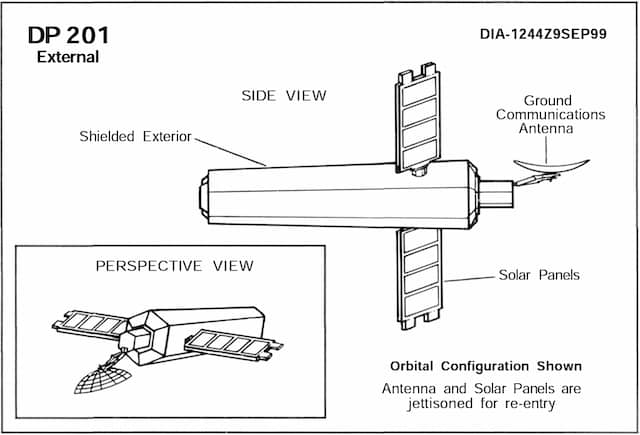
Brupp’s descent into creating a terrifying cult is understandable in a world gone mad. It seems a perfectly natural occurrence that would happen dozens or hundreds of times. When the players learn that Brupp’s descent into a cult leader is fueled (at least partially) by drugs as a manipulation tactic by one of the factions in the game, they will then need to contend with their views of the man and his accountability for those actions.
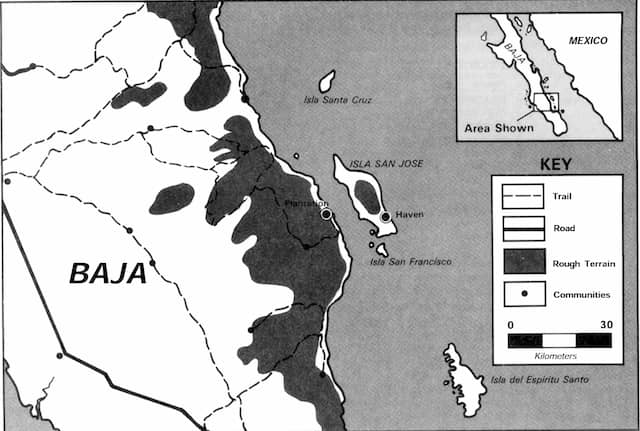
Twilight: 2000’s American campaign will never, I suspect, hold the same position as the Polish campaign. This is largely because I do not think many player groups made it home to the US — spending most of their time trying to survive the Soviet and Polish armies. And the Polish campaign is more true to the notion of a campaign while retaining the sandbox approach. The American campaign does a good job at keeping to the sandbox ideas, but the adventures are too geographically distant to serve as a campaign with rare exceptions. They do, however, generally provide excellent material for various regions of the United States, providing a referee with tools to run adventures with a group of players and craft their own stories beyond the adventure proper.
You can pick up these adventures — in fact, all of Twilight: 2000’s sourcebooks, adventures, and rules for $35.00 from Far Future Enterprises.
Our previous coverage of GDW’s Twilight: 2000 includes:
Exploring Post-Apocalyptic Poland in Twilight: 2000
Twilight: 2000 — Roleplaying in a Post-Nuclear Holocaust World
Twilight: 2000‘s Polish Campaign, Part II
Twilight: 2000‘s Polish Campaign, Part II
Twilight: 2000‘s Polish Campaign: Part III
Going Home Isn’t All it’s Cracked Up to Be: Twilight: 2000’s American Campaign, Part I
From the Mountains to the Oceans: Twilight 2000‘s American Campaign, Part II
Reckoning: Twilight: 2000‘s American Campaign, Part III
Patrick Kanouse encountered Traveller and Star Frontiers in the early 1980s, which he then subjected his brother to many games of. Outside of RPGs, he is a fiction writer, avid tabletop roleplaying game master, and new convert to war gaming. His last post for Black Gate was From the Mountains to the Oceans: Twilight: 2000’s American Campaign. You can follow him and his brother at Two Brothers Gaming as they play any number of RPGs. Twitter: @twobrothersgam8. Facebook: Two Brothers Gaming.
Kidnapped seems like the scenario with the most possibilities, though I wonder if there is any latitude for the PCs playing both ends against the middle and trying to make a deal with Hughes. When he is compared to Kim Jung-il, I am guessing it is not a viable option, though.
And whatever else could be said for it (or against it), City of Angels has a great cover illustration, which just captures the post-apocalyptic feel so well, abandoned cars crowded on a highway, passed the ruins of an overpass.
Speaking of the Mexican army, where are they in Satellite Down?
Eugene! Hello and thanks for reading. The cover art for City of Angels is quite good and definitely captures that tone. And the Hollywood sign interior is, perhaps, my favorite interior art of these adventures.
Regarding the Mexican Army. They essentially have no presence in the area. With the invasion of the US and their own civil war, most of the regular Mexican Army is in the north (or occupying US territory in California or Texas). That said, they do have a strong interest in the satellite tapes as well. They have a small contingent of “officials” trying to get Bupp to sell it to them. Same thing the Soviets are attempting. The strongest force in the region is La Familia, the organized crime family. Even they, however, are not yet ready to invade Haven and take the tapes by force.